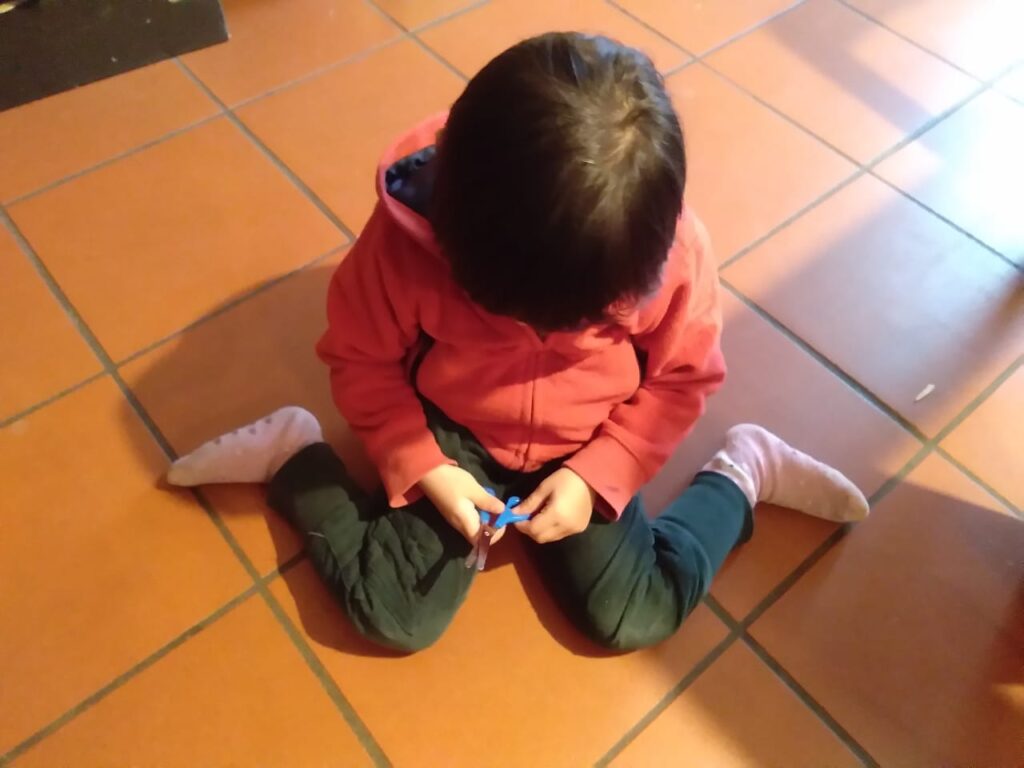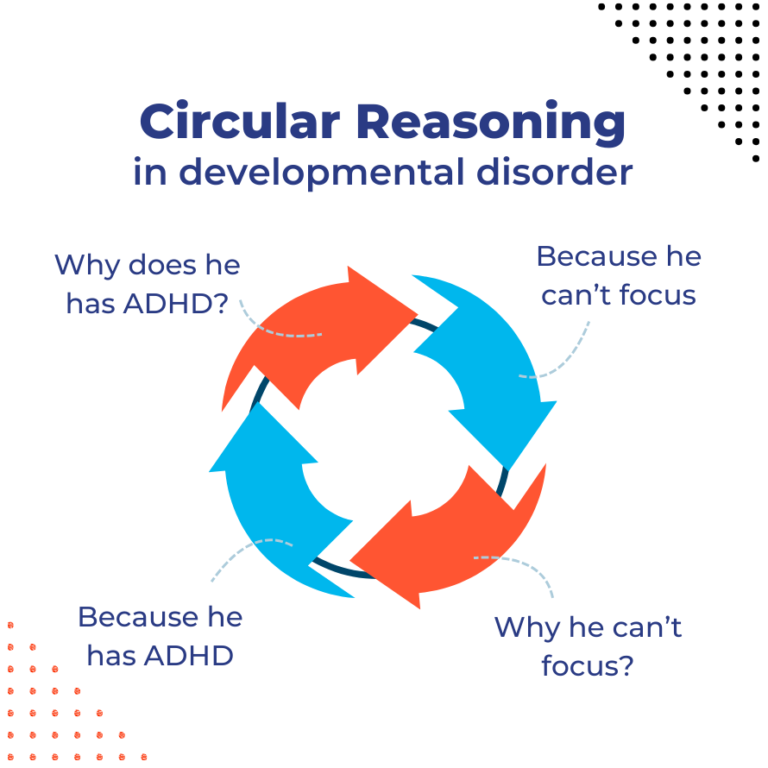When w-sitting, children sit with their bottom between their legs and with the feet splayed out to the sides. Physical therapists, occupational therapists, teachers, physicians, and online parent resources generally caution parents against w-sitting, linking it to a number of orthopedic problems.
However, evidence supporting the link between w-sitting and negative effects is substantially lacking and, in recent years, a number of authoritative voices have expressed a far less alarming view, at least for what concern children without motor challenges.
According to the International Hip Dysplasia Institute, “contrary to popular belief, the W-sitting posture is normal for many children, and should be allowed…, treatments for this common variation [of sitting] were debunked more than twenty years ago, but myths still persist.”
Of a similar advice is Dr Hahn, M.D., a pediatric orthopedist at Johns Hopkins All Children’s Hospital, who, questioned on the topic by parents.com, says, “it’s no different than having a kid sit ‘criss-cross applesauce’. It’s not a problem. It’s not bad posture where you have to encourage a kid not to sit that way”.
What is the evidence about the negative effects of w-sitting?
With about 2 in 3 children aged 3 to 6 years old regularly sitting in the W-sit position, scientific evidence supports the view of w-sitting as a normal variation of child’s sitting.
In particular, research shows that, in typically developing children, W-sitting is not responsible for developmental hip dysplasia, degenerative joint disease, in-toeing and does not impact on the shape of the hip bone.
How about children with motor developmental disorders?
Whereas there is no evidence to show W-sitting (itself) causes motor disorders in typically developing children, the case of children with neurological conditions affecting muscle tone and joint mobility, such as Cerebral Palsy and Down Syndrome, must be addressed separately.
The problem is that children with motor challenges may exclusively sit in the W-sit position as it offers a wider base of support that compensates for weak core muscles. The disproportionate use of W-sit position, at the expense of time spent in other sitting position, is problematic for 3 main reasons:
- The disuse of the core muscles while W-sitting causes the muscles to get even weaker. Thus, for these children, it is strongly recommended to sit for extended period of time in positions that engage the core and therefore increases its strength.
- When W-sitting, the child’s trunk is lock and its rotation is limited. Consequently, when sitting in this position, children do not practice bilateral movement coordination.
- W-sitting for extensive periods of time can aggravate femoral anteversion (i.e. inward rotation of the hips) in children with Cerebral Palsy, which in turn can increase the risk of developing hip dysplasia.
How to decrease W-Sitting in Children with Cerebral Palsy and other motor challenges
Encouraging other sitting positions (e.g. side sitting, crisscross apple sauce, long sitting) is the obvious recommendation. However, how every therapist knows, attempts to discourage a child to W-sit are often effective only for short periods. The problem is that alternative sitting positions do not allow the child to sit with their hands free for prolonged periods of time. As a result, the child will tend to return shortly to the W-sit position that is less demanding for the core muscles and does not require to maintain additional postural support with the hands.
In these cases, a physical therapist may prescribe adaptive sitting equipment and strategies to provide the child with the adequate external postural support. A proper sitting position will stimulate and gradually strength the child’s core muscles, that, in turn, will make alternative sitting positions on the floor more comfortable for the child.
References
Breath, D., DeMauro, G. J., & Snyder, P. (1997). Adaptive Sitting for young Children. Young Exceptional Children, 1(1), 10–16.
Flint Rehab. (2020). W-Sitting and Cerebral Palsy: Why It’s Harmful and How to Correct It. Accessed on 4/12/2020
Healthline. (2019). W-Sitting: Is It Really a Problem?. Accessed on parents.com on 25/11/2020
International Hip Dysplasia Institute. (2019).W-Sitting and Hip Development. hipdysplasia.org. Accessed on parents.com on 25/11/2020
Rethlefsen, S. A., Mueske, N. M., Nazareth, A., Abousamra, O., Wren, T. A. L., Kay, R. M., & Goldstein, R. Y. (2020). Hip Dysplasia Is Not More Common in W-Sitters. Clinical Pediatrics.
Shortsleeve, C. (2019). Why It’s Totally Fine to Let Your Kid Sit in the ‘W’ Position, Parents. Accessed on parents.com on 25/11/2020
Skills for Action. The trouble with w-sitting. skillsforaction.com. Accessed on 4/12/2020.
Westernkidshealth.com. W-Sitting – Why The Drama, westernkidshealth.com, Accessed 25/11/2020





